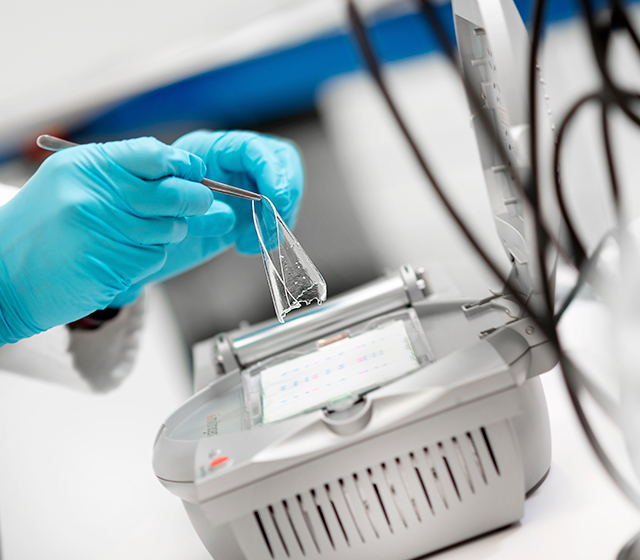Endothelin Peptides
Endothelins family
Endothelins (ET) constitute a family of 21-amino acid peptides with potent biological activities.
All have two disulfide bonds that hold them in a conical spiral shape.
In addition to their vasoconstrictive properties, endothelins have inotropic and mitogenic properties. They influence salt and water balance, alter central and peripheral sympathetic activity and stimulate the renin-angiotensin-aldosterone system.
ET is activated in hypertension, atherosclerosis, restenosis, heart failure, idiopathic cardiomyopathy and renal failure.
Endothelin fragments
Pre-pro-endothelin-1 is first cleaved to the biologically inactive big endothelin-1, which is then cleaved by endothelin converting enzyme (ECE) to the active ET-1.
ET-1 is the only family member produced by endothelial cells and other cell types such as neurons and astrocytes in the central nervous system, hepatocytes and Sertoli cells. It plays a significant role in the paracrine regulation of cardiovascular functions in humans.
ET-2 and ET-3 are mainly produced in the kidney and intestine.
References
- Palma, BD. et al. Brazilian J. Med. Biol. Res. 35, 75 (2002)
- Lüscher, T. Circulation 102, 2434 (2000)
- Suzaki, Y. et al. J. Cardiovasc. Pharmacol. 41, S83 (2003)
